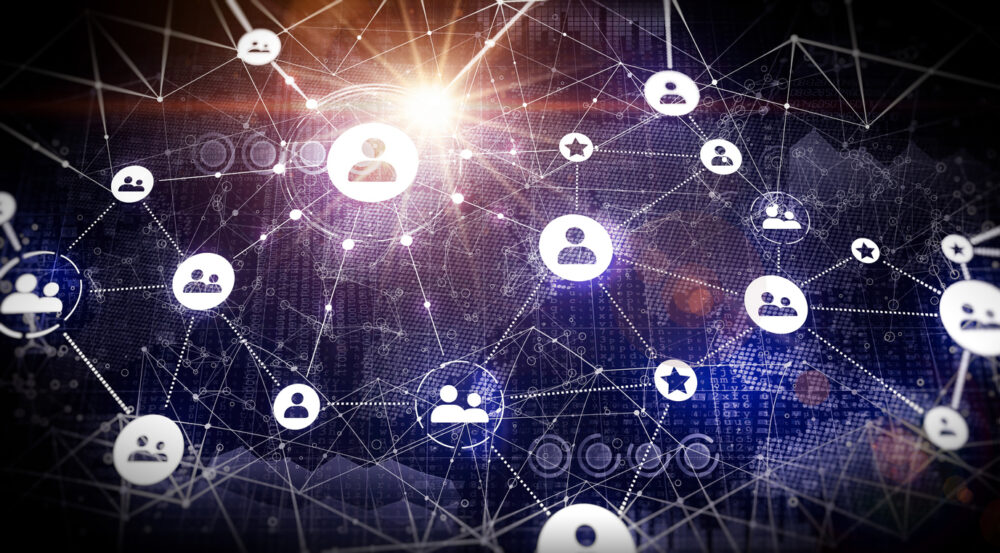Why You Should Buy a .org Domain and How to Get One
The .com domain name might still be king, but .org can be a perfectly good alternative in some circumstances. Domain name expert Joe Uddeme explains when and why. Why buy a .org domain? Why not? If you’ve been contemplating buying a domain and figured that all the alternatives to a .com were a dud, then a .org domain name is the exception. A .org domain imbues a site with immediate confidence and credibility. Your website visitors infer that you aren’t only interested in earning money but are dedicated to making this planet a better place, too. These domains are identical to other domains in most aspects but come with the extra bonus of perceived authenticity among your customers. Key Takeaways Why the .org suggests authority Understand the rules about owning a .org When a .org makes sense What is a .org domain name? .org domain names were among the first top-level domain names. This means that they were among the first options available when people started picking a domain name. As a result, the .org domain extension is well known – and websites with that expansion are often viewed as authority websites. As they have a certain gravitas and longevity, they are often utilized as a choice alternative to the popular (but exceptionally competitive) .com domain name extension. Who can use a .org domain? If you want to create a community website for your college, gym or cultural establishment, then a .org domain name is going to be your very best choice. It is both fitting and correct – and will suggest to visitors that they have arrived at the official site. Anyone can now choose a .org domain name. You don’t need to submit any documentation or any other evidence that you’re a nonprofit or a charity. The procedure for registering for a .org domain name is straightforward and hassle-free. Commercial companies can just as readily secure .org domain names as official bodies, charities and other organizations can. From a business point of view, adding a .org may help ensure your trademark and brand are well shielded. The same may be true of other TLDs, such as .io or .ai. Why choose a .org domain name? If you’ve been contemplating registering a domain and can’t get the .com name you want, its .org sister may be the way forward. It grants your site instant authenticity and is an extremely popular and identifiable domain extension. It’s ideal as a home for a charitable or community organization – and can be a terrific alternative to the .com domains. It works well for schools, charities, hospitals and so on, but can just as easily work for your own private use or a small business. If you need help purchasing a .org domain name or would like to inquire about a domain name that is already taken, the brokers at NameExperts can help guide you through the process. We’re particularly good to have around when it comes to negotiation work and have helped everyone from Mark Cuban to Tripadvisor to secure powerful domain names. About the author Joe Uddeme is Director and Principal of Name Experts, one of the world’s leading domain name brokerage services. He has overseen domain name sales and acquisitions totaling more than $150 million and is renowned worldwide as a go-to expert in buying and selling premium domains. Contact us at: [email protected]




